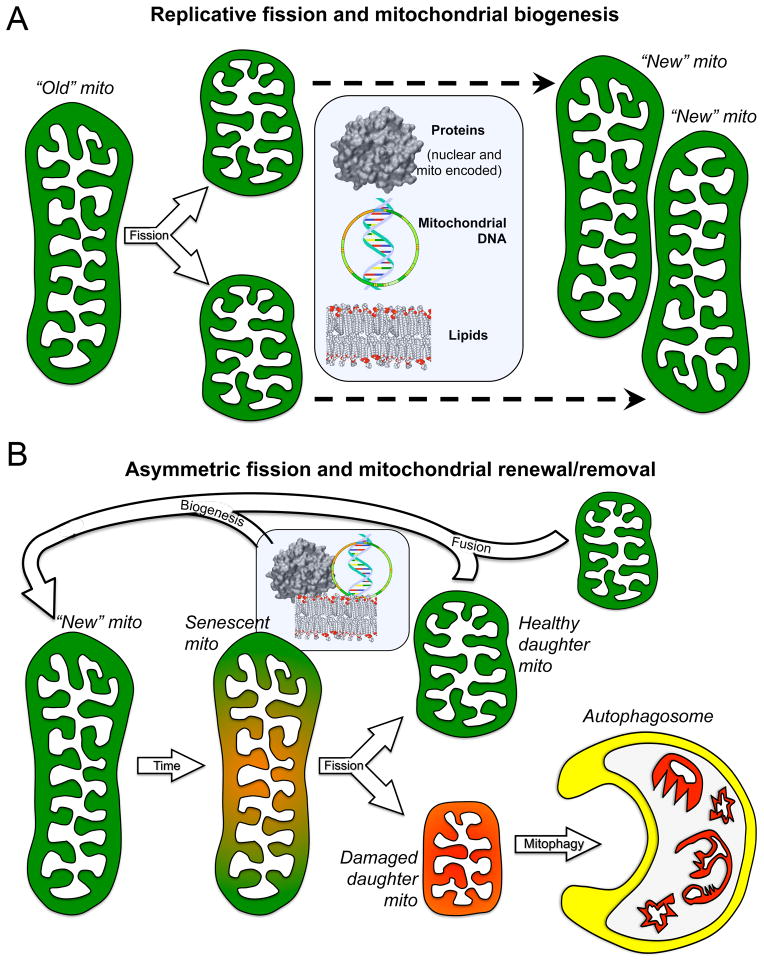Figure 1. Consequences of replicative vs asymmetric mitochondrial fission.
A. Replicative fission of one healthy “old” parent mitochondrion produces two small healthy daughter organelles that incorporate biogenically produced protein, DNA, and lipids (central rectangle) to grow into “new” mitochondria. B. Asymmetric fission of a damaged or senescent mitochondrion produces one healthy daughter that fuses with other healthy organelles to regenerate the collective, and one severely damaged/depolarized (red) daughter that is rapidly eliminated by autophagosomal engulfment, thereby protecting the cell from mito toxicity and providing new recycled components for biogenic repair.

